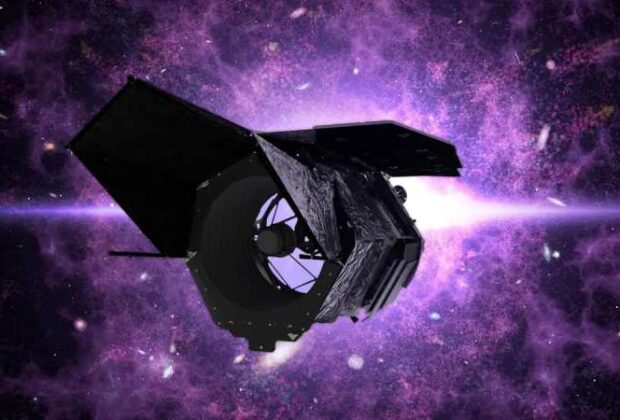NASA’s forthcoming Nancy Grace Roman Space Telescope, scheduled to launch by May 2027, is expected to offer significant new information about the elusive substance dark matter.
The goal of the telescope is to investigate the voids in stellar streams, especially those coming from globular clusters that are circling the Andromeda galaxy. Under the direction of Stanford University’s Christian Aganze, the project looks at the gaps and disruptions in these heavenly streams in an effort to learn more about dark matter.
Mapping the universe with Roman’s accuracy
With its 18 detectors, Roman’s Wide Field Instrument is expected to transform the field of observation. Capturing images 200 times larger than the near-infrared camera of the Hubble Space Telescope and with slightly better quality, the telescope is ready to take incredibly detailed pictures of the Andromeda galaxy. Aganze said that “Roman will be able to take a huge snapshot of the Andromeda galaxy, which simply isn’t possible with any other telescope.” It is anticipated that this improved resolution would make it possible to identify individual stars within streams of globular clusters, offering astronomical views never before possible with such clarity.
About 27% of the cosmos is made up of dark matter, which is not visible to the naked eye because it does not interact with light. On the other hand, one important indirect sign is its impact on galaxies, especially in terms of explaining rotational patterns. “We see dark matter’s effect on galaxies,” says Northwestern University’s Tjitske Starkenburg, emphasising the necessity for extra mass in galaxy rotation models, which dark matter may be able to account for.
Globe cluster streams’ function
Investigating dark matter can be aided by globular cluster streams, which are described as cosmic ribbons trailing and leading their starting clusters. According to the findings, there may be visible gaps formed by dark matter clumps piercing through these streams. The unparalleled capabilities of the Roman Space Telescope will enable scientists to investigate adjacent galaxies for the first time, thereby greatly expanding the dataset for thin star streams, in contrast to earlier observations that were restricted to the Milky Way.
Roman is expected to interact with surrounding galaxies effectively, providing important data in as little as one hour of observation time, according to the research team. The relationship between globular cluster streams and dark matter sub-halos is also conjectured in this work. “If these sub-halos are present in other galaxies, we predict that we will see gaps in globular cluster streams that are likely caused by dark matter,” says Tjitske Starkenburg, summarising the expectation. This in turn offers fresh perspectives on the characteristics and masses of dark matter halos.
The universe as it appears to dark matter researchers
Along with the European Space Agency’s Euclid mission and the Vera C. Rubin Observatory, the Roman Space Telescope is getting ready for flight. When combined, these efforts have the potential to fundamentally alter our knowledge of dark matter by yielding insightful information that will improve simulations and expand our understanding of the large-scale structure of the cosmos.
In summary, according to a NASA press release, the Roman Space Telescope is poised to conduct a ground-breaking investigation into the voids between stars, potentially revealing hitherto undiscovered aspects of the universe and providing an answer to the enigma surrounding dark matter.








